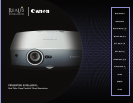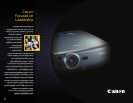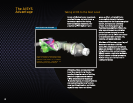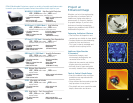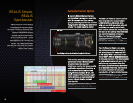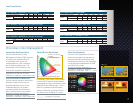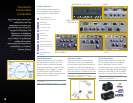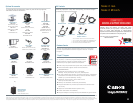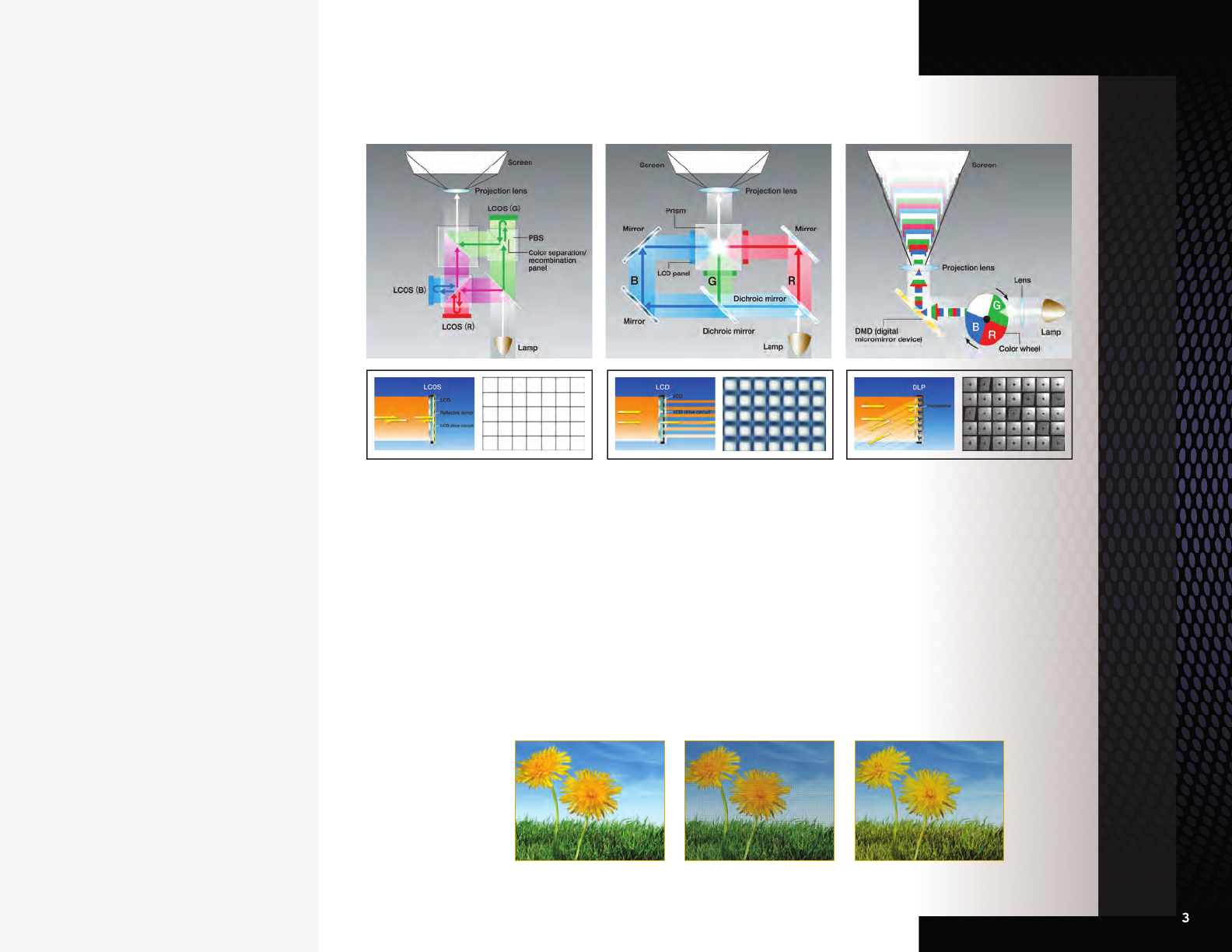
What’s the LCOS technology advantage?
Lattice-free, seamless images and
smooth, lm-like quality video.
Say goodbye to annoying visual
distractions common with LCD projectors,
such as the grid-like pixel patterns known
as “screen door effect.” Compared to
LCD panels, LCOS panels result in smaller
gaps seen between pixels — virtually
eliminating the screen door.
Single-chip DLP projectors can produce
troublesome red-green-blue spots,
frequently referred to as a “rainbow
effect.” LCOS panel technology does not
have this problem inherent to single-chip
DLP projectors.
The seamless images projected using
LCOS panels result in images with
realistic depth and intricate detail. Fine
lines are displayed accurately and clearly.
Small text is crisp and dark (even at 7pt.),
making it easy to read. Thanks to the
fast response time of LCOS panels, high-
denition video leaps off the screen with
breathtaking quality and integrity.
There’s no comparison. The advantages
of LCOS are easy to see for both
presenter and audience alike: crisp, clean
images with deep contrast, ne grain
and sharp resolution.
There’s no clearer choice than REALiS
Multimedia Projectors.
LCOS vs. LCD or DLP:
What can REALiS
do for you?
Images shown are for illustration purposes only. Simulated images displayed based on
differences in aperture ratio for projectors using LCOS (>90%), LCD (60%), and DLP (<90%).
Canon REALiS projectors use LCOS technology which virtually eliminates the appearance of gaps between
pixels that exist in LCD and DLP projectors. Truth is, all three projector systems can provide equally high pixel
counts. But here is the difference. With LCD, the panels contain pixels framed by drive circuits that obstruct a
portion of the light from transmitting onto the screen. For DLP projectors, the chips are made of tiny reective
mirrors, one per pixel. These mirrors tilt back and forth based on the information of the images to be projected.
As they tilt, the mirrors can create shadows which may give the appearance of spaces between pixels.
Comparing Technologies
Display of color
and detail
REALiS projectors
present outstanding
color and intricate detail.
Light from the projector lamp is seperated into red,
green and blue, and then reected from each of
the three LCOS panels. The separated light is then
recombined by the polorized beam splitter. Since
the light is reecting from the LCOS panels, there is
virtually no “screen door” effect.
Light from the projector lamp is separated into red,
green and blue, then passed through each of the three
LCD panels. The seperated light is then recombined by
a prism. The light passes through the LCD panels as
small dots, which tend to create a lattice-like pattern
on the screen.
A constantly rotating color wheel reects red, green,
blue, and white image components off a micro-
mirror device to produce the projected image. The
three primary colors are sequentially displayed and
synthesized in the viewer’s brain to produce images
perceived as full color.
Seeing The Difference
LCOS Projector LCD Projector DLP Projector
Three-Panel Three-Panel Single-Chip
LCOS LCD DLP



